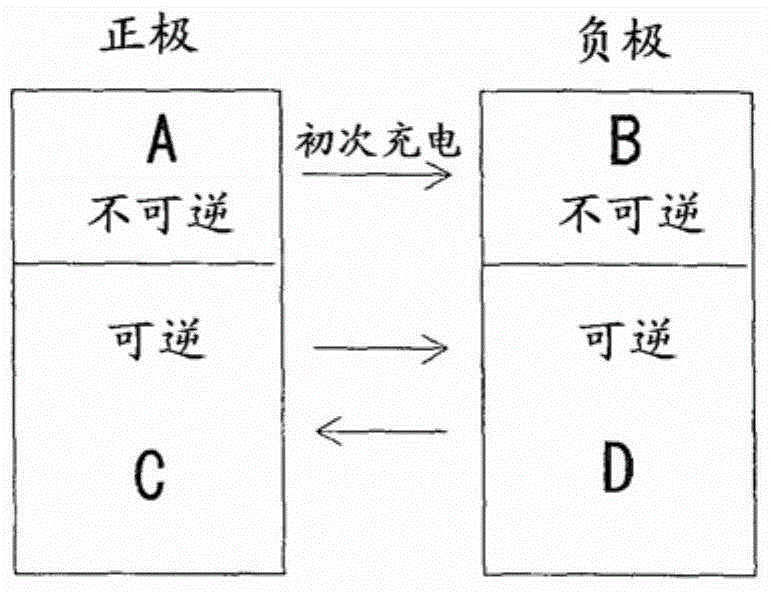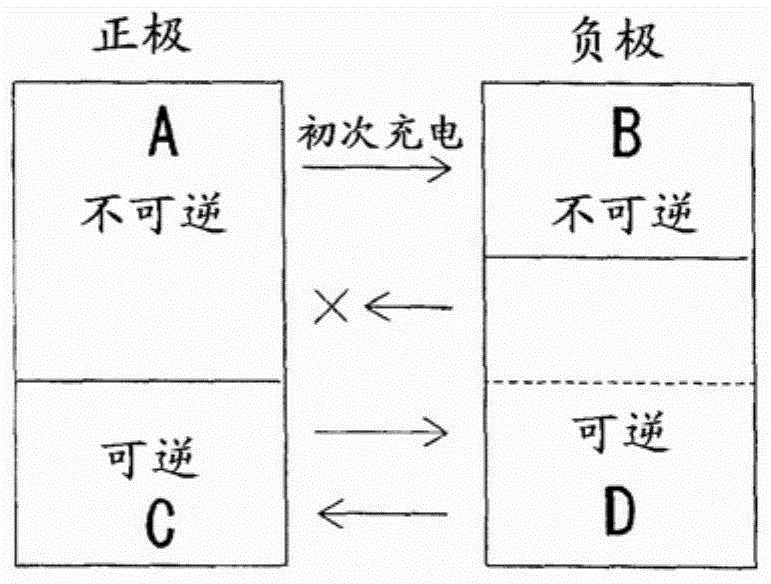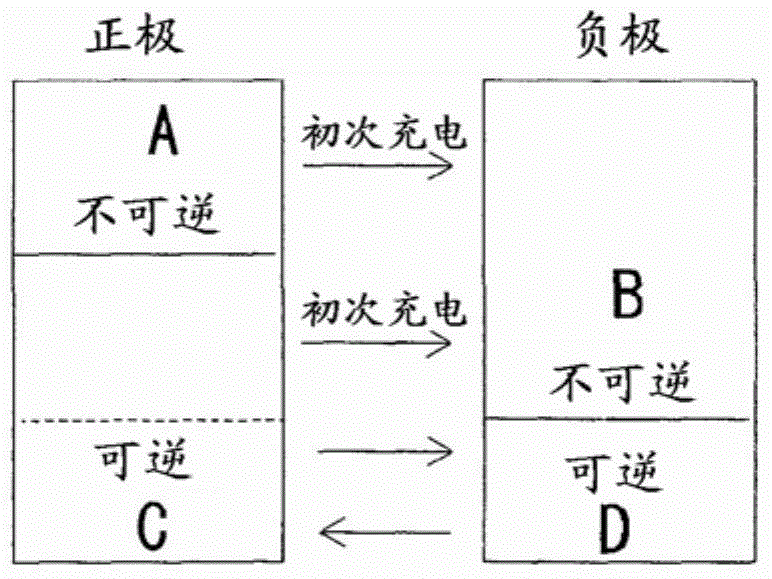Lithium-ion secondary battery and manufacturing method therefor
A technology of secondary battery and manufacturing method, which is applied in battery manufacturing, secondary battery, lithium storage battery, etc., can solve the problems of increasing metal compound process and not being suitable for mass production of batteries.
- Summary
- Abstract
- Description
- Claims
- Application Information
AI Technical Summary
Problems solved by technology
Method used
Image
Examples
Embodiment
[0116] (manufacturing of active substance complexes)
[0117] The positive electrode active materials of samples 1 to 7 were produced by the following method.
[0118] (sample 1)
[0119] In 0.03 mol of iron (manufactured by High Purity Chemical Co., Ltd., purity 99.9%) and lithium silicate material Li 2 SiO 3 (manufactured by Kishida Chemical Co., Ltd., purity 99.5%) 20 ml of acetone was added to the 0.03 mol mixture, mixed with a zirconia ball mill at 500 rpm for 60 minutes, and dried. Mix it with the carbonate mixture. The carbonate mixture is to mix lithium carbonate (manufactured by Kishida Chemical Co., Ltd., purity 99.9%), sodium carbonate (manufactured by Kishida Chemical Co., Ltd., purity 99.5%), and potassium carbonate (Kishida Chemical Co., Ltd.) Company system, purity 99.5%). The mixing ratio was such that the carbonate mixture was 90 parts by mass with respect to 100 parts by mass of the total amount of iron and lithium silicate-based materials.
[0120] 20 ...
PUM
| Property | Measurement | Unit |
|---|---|---|
| particle size | aaaaa | aaaaa |
| particle size | aaaaa | aaaaa |
| particle size | aaaaa | aaaaa |
Abstract
Description
Claims
Application Information
 Login to View More
Login to View More - R&D
- Intellectual Property
- Life Sciences
- Materials
- Tech Scout
- Unparalleled Data Quality
- Higher Quality Content
- 60% Fewer Hallucinations
Browse by: Latest US Patents, China's latest patents, Technical Efficacy Thesaurus, Application Domain, Technology Topic, Popular Technical Reports.
© 2025 PatSnap. All rights reserved.Legal|Privacy policy|Modern Slavery Act Transparency Statement|Sitemap|About US| Contact US: help@patsnap.com



